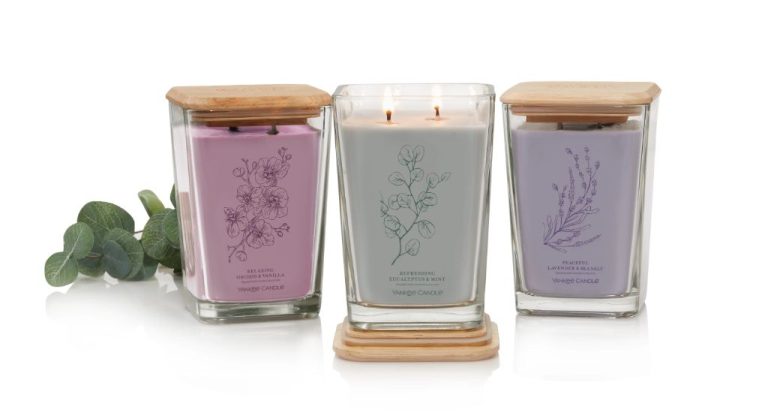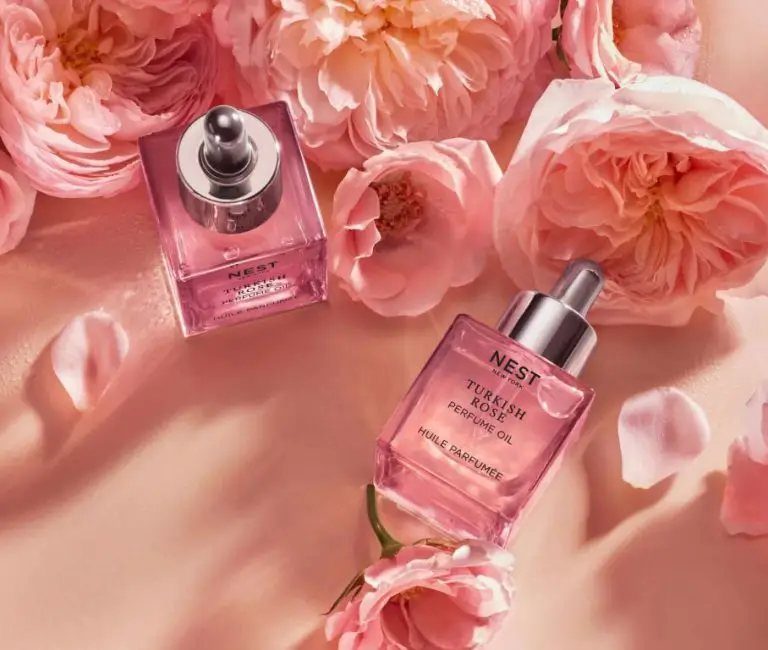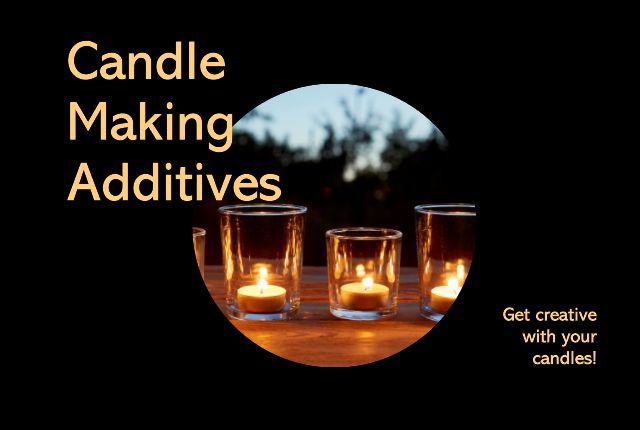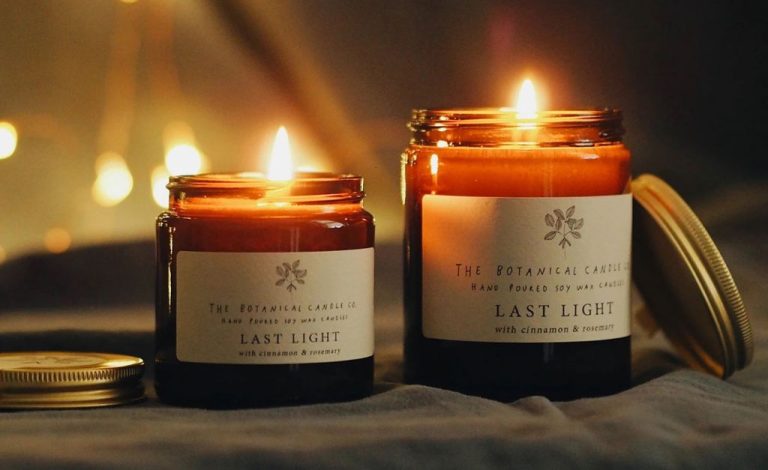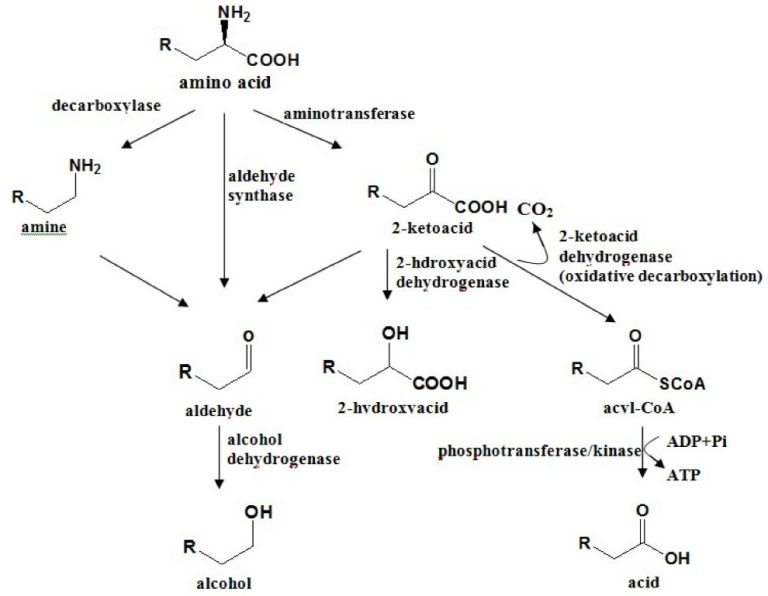What Is Similar To Teakwood?
Teakwood is a tropical hardwood native to Southeast Asia that is prized for its durability, water-resistance, and beautiful golden-brown color. It is one of the most popular and premium woods in the world, often referred to as the “King of Woods.”
Teak has an oily, resinous quality that makes it naturally weather, pest, and rot resistant. The wood contains natural oils called tectoquinones that act as a natural protective barrier against the elements. This is why teakwood furniture and decking can stand up to harsh sun, rain, and humidity without constant finishing or treatment.
In addition to outdoor use, teak is commonly used for indoor applications like flooring and furniture. Its tight grain structure gives it dimensional stability in humid conditions while its natural oils help repel pests like termites. The rich, warm color of teak also gives it aesthetic appeal.
Teakwood is native to the monsoon forests of India, Thailand, Malaysia, Indonesia, and Burma. Its popularity began in the 7th century when Arab merchants recognized its unique water-resistant properties. Today it is one of the most popular and premium woods in the world, especially for outdoor patio furniture, yacht decking, flooring, carvings, and more.
For more information about teakwood history and uses, see: The History and Superiority of Teak Wood
Teakwood Lookalikes
There are several wood species that closely resemble teak and can be used as lower cost alternatives while retaining the handsome looks of real teak. Three of the most popular teak-like woods are Iroko, Merbau, and Mahogany.
Iroko is an African hardwood that is sometimes referred to as “poor man’s teak.” It has a similar color and grain pattern to teak, although it tends to be slightly darker. Iroko is more affordable than teak but still durable for outdoor use. One downside is that it can be more susceptible to warping and checking than real teak 1.
Merbau is another teak alternative found in Southeast Asia. It has reddish-brown heartwood that can mimic the look of teak quite well. However, merbau is not as naturally durable or stable as teak when exposed to outdoor elements. It requires more maintenance over time 1.
Mahogany is a classic furniture wood that shares some visual similarities with teak. There are many species of mahogany that range in color from reddish to golden brown. Mahogany can be finished to accentuate the cross-grain patterns found in teak. It is an excellent wood for fine furniture but does not have the same weather-resistance as teak 1.
Iroko
Iroko is a dense hardwood native to tropical West Africa that is often referred to as “African teak.” While lighter in color than true teak, iroko shares many similar properties that make it a popular teak alternative. Like teak, it is durable, resistant to rot and pests, and weather-resistant. Iroko is sometimes used as a substitute for teak in boatbuilding, outdoor furniture, and other applications where decay-resistance and durability are desired.
While not quite as hard or durable as true teak, iroko is cheaper and more readily available. It can stand up to weather, rot, and insects while providing a beautiful look. When oiled or varnished, iroko takes on a lovely golden-brown patina over time. While iroko has some differences from teak, its strength and weather-resistance make it a popular and more affordable alternative.
Merbau
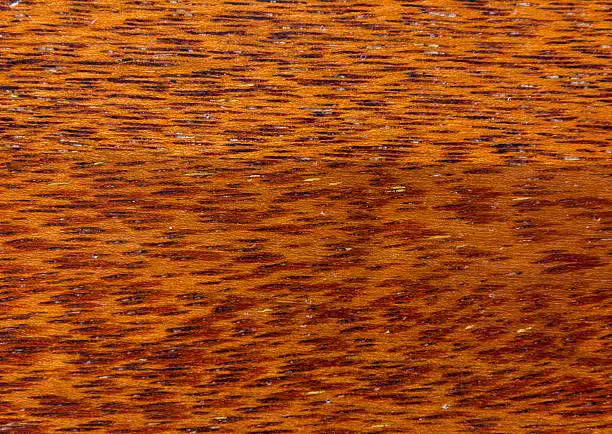
Merbau is a dark reddish-brown hardwood that comes from Southeast Asia, mainly from Malaysia and Indonesia. It has a very distinctive grain pattern that some compare to the flowing look of a watercourse. Merbau wood has an interlocked grain that makes it extremely strong and durable for both indoor and outdoor use. It is significantly denser and harder than teak, with a Janka hardness rating of over 1,800 lbf compared to teak’s rating of 1,000 lbf. This makes merbau more resistant to scratches and impacts. However, merbau’s hardness also makes it more difficult to work with. Overall, merbau is an excellent alternative to teak when hardness and durability are top priorities. Its rich color and flowing grain patterns give it a distinctive beauty for furniture, flooring, and decking.
Mahogany
Mahogany is a tropical hardwood that is often compared to teak. It has a rich, reddish-brown color that darkens over time. Mahogany trees grow in tropical regions of the Americas, Africa, and Asia. The wood is valued for its beauty, durability, and versatility (Source 1).
Mahogany has a straight, consistent grain and is easier to work with than teak. It costs less than teak, but is still an expensive, high-quality wood. Mahogany is used for fine furniture, boat building, musical instruments, and other specialty uses where beauty and durability are required (Source 2).
Caring for Teak-Like Woods
Maintaining the look and feel of woods like teak is important to increase their longevity. Left untreated, teak and other lookalike woods will eventually start to fade to gray and develop small cracks as part of the natural weathering process. An initial finishing treatment and yearly maintenance practices can help preserve their beauty.
Finishing treatments like teak oils or decking oils help protect the wood from sun damage and water absorption while enhancing the color. They usually contain UV inhibitors or pigments to retain the rich color. Iroko is more porous than teak so may require a bit more maintenance. Thoroughly cleaning the wood and applying a fresh coat of oil yearly can restore the color and protect the surface (Source). Always follow the manufacturer’s recommendations for finishing and maintenance of any teak-like wood. Periodically washing the wood with a wood cleaner, letting it fully dry, and lightly sanding will prep it for a new coat of oil.
Cost Comparison
When it comes to price, teak is generally the most expensive of these woods. Teak can cost $40-$60 per board foot, while mahogany is around $8-$30 per board foot. Iroko is a more affordable alternative to teak at $10-$35 per board foot. Merbau is also cheaper than teak, at around $3-$7 per board foot according to Iroko vs Teak | LumberJocks Woodworking Forum.
For comparison, mahogany logs and lumber for export from tropical regions generally range from $1,230-$1,290 per cubic meter according to Timber Prices – Worldwide Logs & Lumber. Teak is significantly more expensive per volume than these other woods.
Overall, teak commands a premium price due to its reputation for quality and durability. However, the other teak-like woods can be great lower cost alternatives depending on the application and desired aesthetics.
Availability
Teak is becoming increasingly rare and harder to source sustainably. As teak supplies dwindle, responsible consumers may want to consider some readily available teak-like alternatives. Many of these woods can be sourced through sustainable forestry practices.
According to Teak Alternatives, alternatives like iroko and sapelli are sourced from sustainable West African forests. Eucalyptus can also be farmed and harvested sustainably. Domestic hardwoods like white oak and maple may be easier to source locally and responsibly as well.
Opting for these alternatives over scarce teak can be better for the environment. Consumers should research suppliers and certification programs to ensure the wood comes from legal and sustainable sources.
Best Uses
When it comes to the best applications for teak, iroko, merbau, and mahogany woods, each has their strengths based on characteristics like durability, weather-resistance, strength, and appearance.
Teak is highly valued for its durability and water-resistance. It is commonly used for boat building, outdoor furniture, flooring, carpentry, and carvings. Teak has natural oils that help it stand up to weather, water, insects, and fungi over time without special treatments needed.1
Iroko is often used as a teak alternative for outdoor projects like decking, garden furniture, and fencing. It is durable against rot and decay, and holds up well in humid, wet conditions. Iroko is also popular for veneers, flooring, cabinetry, and boat components.1
Merbau is known for its strength, hardness, and rich color. It is commonly used for flooring, decking, cabinetry, and other applications where a durable, attractive wood is needed. Merbau has good weather-resistance but benefits from additional sealing for long-term outdoor use.1
Mahogany is valued for its beauty and workability. It has a reddish-brown color and often displays an attractive grain pattern. Mahogany is used extensively for furniture, boats, musical instruments, and decorative woodworking. It requires sealing and maintenance for outdoor uses.1
Conclusion
In summary, while no wood is exactly the same as teakwood, there are some good alternatives that share many similar characteristics. Iroko is the most similar option structurally and aesthetically, with a comparable grain pattern, strength, and durability. It offers the closest match in color when new, though it fades to a brownish-red over time. Merbau has a darker red-brown color that lasts well, but the grain is slightly wavier. Mahogany is also a good choice, sharing teak’s richness and grain pattern, though it is generally softer and less water resistant. All of these woods can be used for indoor and outdoor furniture, decking, and boats like teak. However, their availability and pricing differ across global markets. While no other wood perfectly replicates teak, several alternatives come close in look, performance and feel when properly finished and maintained.

